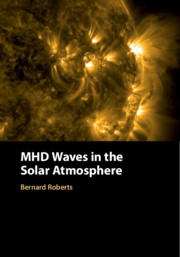The combined action of the subadiabatic ambient stratification in the overshoot region below the convection zone and the inertial forces associated with the solar rotation is shown to lead to the suppression of the escape of magnetic flux in the form of toroidal flux tubes both toward the surface and toward higher latitudes. We show that a flux ring initially in thermal equilibrium with its environment and rotating with the ambient angular velocity moves radially and latitudinally towards an equilibrium configuration of lower internal temperature and larger internal rotation rate with respect to the surrounding, field-free gas. We conclude that flux rings with B≲ 105 G can be kept within the overshoot region if the superadiabaticity is sufficiently negative, i.e. δ = ▿ – ▿ad ≲–10−5; below that field strength the poleward drift is also reduced to a latitudinal oscillation of moderate amplitude, δθ ≲ 20 deg. Flux rings with significantly larger field strength cannot be kept in the equatorial parts of the overshoot region: their equilibrium configuration is located at high latitudes far outside the solar activity belts and, at any rate, requires unrealistic values of δ.


